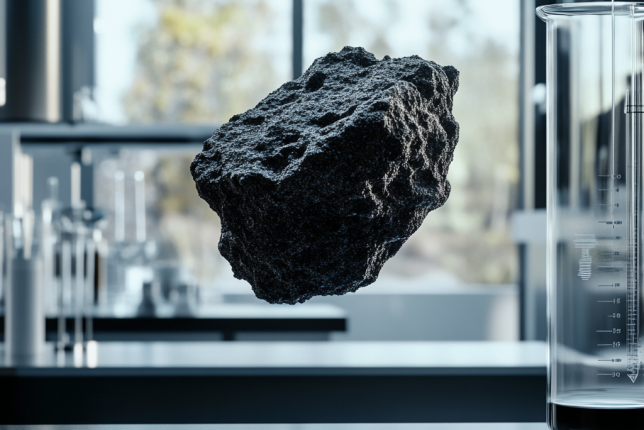ARMS publication in the Journal of Power Sources: a new step in next-generation supercapacitor development

A scientific article from the ARMS project has been published in one of the leading journals in the field of energy storage – Journal of Power Sources (662 (2026); 238691). The article, "Interfacial engineering of conformal titanium oxide nanofilms on porous carbon supercapacitor electrodes via atomic layer deposition", offers a significant contribution to the development of high-performance energy storage technologies.
The research was carried out by an interdisciplinary team from Finland, Denmark, and Latvia. Among the authors is Dr.sc.ing. Aleksandrs Volperts, researcher at the Laboratory of Lignin Chemistry of the Latvian State Institute of Wood Chemistry.
About the study
The study presents a novel approach to enhancing the electrochemical performance of supercapacitors by coating porous activated carbon (AC) electrodes with ultra-thin titanium dioxide (TiO₂) nanofilms using atomic layer deposition (ALD). The authors developed a low-temperature ALD process (120 °C) using TiCl₄ and H₂O precursors, optimized for high surface area substrates like AC.
The motivation stems from the need to improve the energy density of supercapacitors, which traditionally lag behind lithium-ion batteries. By integrating pseudocapacitive materials such as TiO₂ with AC, the researchers aimed to combine electric double-layer capacitance (EDLC) with faradaic redox reactions for enhanced performance.
Key findings include:
- The TiO₂ nanofilms were amorphous, highly uniform, and conformal, as confirmed by SEM, TEM, and XPS analyses.
- Optimal performance was achieved at 60 ALD cycles (~2.3 nm film thickness), resulting in a 61% increase in specific capacitance compared to bare AC.
- The dominant energy storage mechanism was surface redox reactions, with some contribution from intercalation-type pseudocapacitance.
- Excessive film thickness led to pore blocking and reduced performance, highlighting the importance of precise thickness control.
The study concludes that this ALD-based interfacial engineering strategy offers a scalable and sustainable route to next-generation high-performance supercapacitors, particularly suitable for flexible and printed electronics.

Graphical abstract of the publication
The role of the project and the researcher in Latvia
Dr. Aleksandrs Volperts’ involvement in the ARMS project (Project manager Dr.sc.ing. Aivars Žūriņš) is a natural continuation of his long-standing research on activated carbon materials, nanostructures, and electrochemical processes. His scientific work spans both the synthesis of carbon materials and the in-depth characterization of their porous structures, as well as their application in energy technologies. This research direction is further strengthened by his extensive experimental experience in polymer and wood material testing, using DSC, TG/DTG, EPR spectroscopy, pyrolysis, calorimetry, and other analytical techniques.
For outstanding achievements in the development of nanoporous carbon materials, Aleksandrs received the Latvian Academy of Sciences Award (2018) for the work “Innovative process for obtaining multifunctional nanoporous carbon,” which laid the foundation for subsequent research initiatives (Latvian Academy of Sciences announces the most significant achievements in Latvian science in 2018).
This expertise has organically evolved into several research projects that form the backbone of Aleksandrs’ contribution to Latvia’s national competence in energy materials. From 2023 to 2027, he is involved in the ARMS project, which focuses on the development of micro-elastic supercapacitors based on graphene electrodes coated via atomic layer deposition. Prior to ARMS, Aleksandrs contributed to projects such as SuNaMa, which advanced sustainably produced nanomaterials for energy applications; ICatSE, focused on innovative catalysis solutions for renewable energy technologies; as well as a project on nitrogen- and phosphorus-doped activated carbon structures for use in supercapacitors and fuel cells.
Source: ARMS Project


